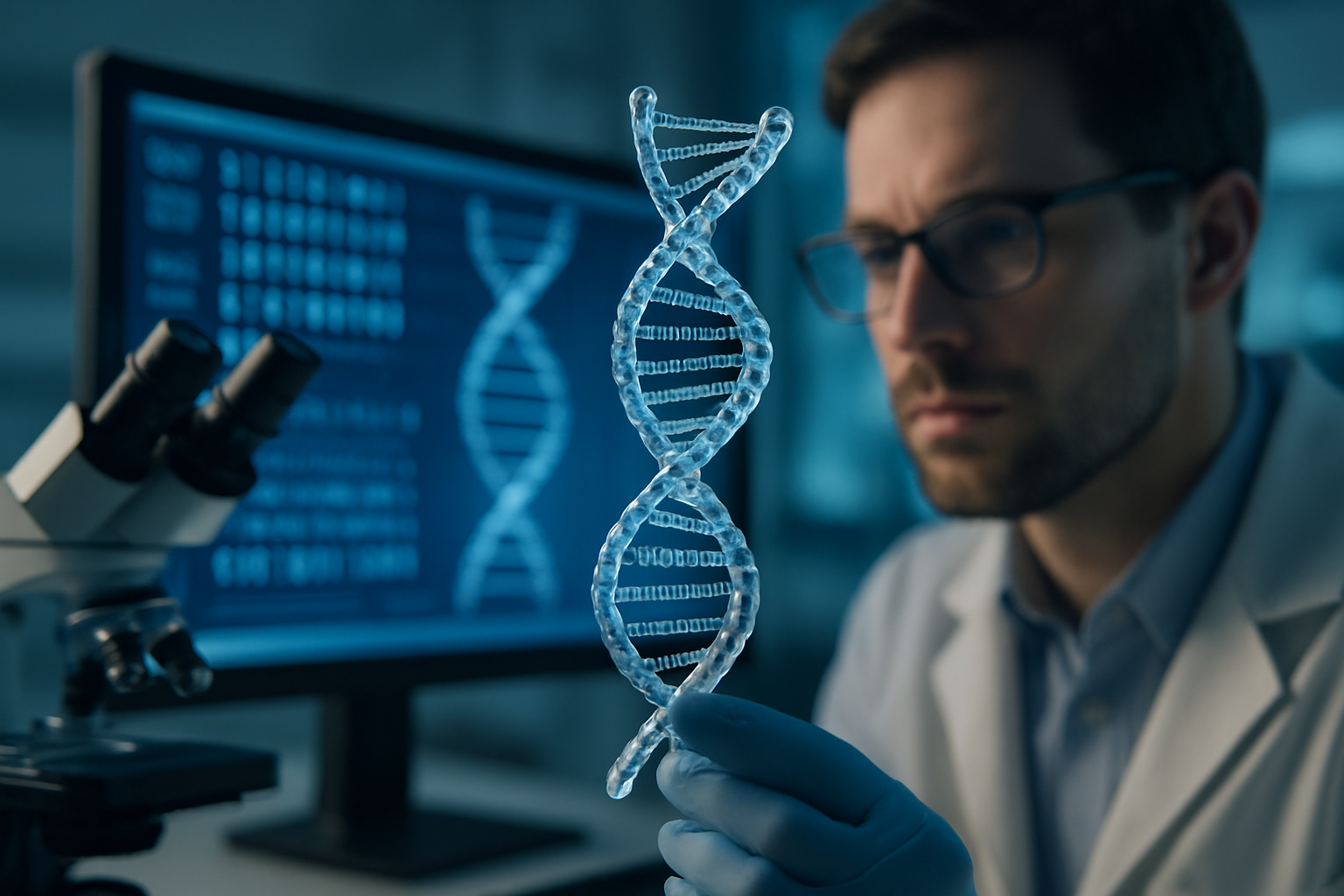Cell Lines in Regenerative Medicine: Research Foundation
Cell lines serve as the backbone of regenerative medicine research, providing scientists with standardized cellular models to develop breakthrough therapies for tissue repair and organ regeneration. These carefully cultivated cellular populations enable researchers to study disease mechanisms, test potential treatments, and advance our understanding of human biology in controlled laboratory environments.

Understanding How Cell Lines Are Developed and Maintained
The development of cell lines begins with the isolation of cells from primary tissues, followed by adaptation to laboratory growth conditions. Scientists extract cells from various sources including human tissues, animal organs, or embryonic materials, then culture them in specialized media containing nutrients, growth factors, and hormones essential for cellular survival.
Maintaining cell lines requires meticulous attention to environmental factors such as temperature, pH levels, and sterile conditions. Laboratory technicians regularly passage cells by transferring portions to fresh culture vessels, preventing overcrowding and maintaining healthy growth patterns. Quality control measures include regular monitoring for morphological changes, growth rates, and genetic stability to ensure research reliability.
Modern cell line maintenance incorporates automated systems for feeding schedules, environmental monitoring, and contamination detection. Cryopreservation techniques allow researchers to store cell lines at ultra-low temperatures, creating permanent repositories that can be revived for future experiments while maintaining original characteristics.
Common Applications of Cell Lines in Biomedical Research
Cell lines play crucial roles across multiple areas of biomedical research, particularly in drug discovery and development. Pharmaceutical companies utilize established cell lines to screen potential therapeutic compounds, assess drug toxicity, and evaluate treatment efficacy before advancing to animal studies or clinical trials.
In regenerative medicine specifically, cell lines contribute to stem cell research, tissue engineering, and gene therapy development. Researchers use these cellular models to investigate how stem cells differentiate into specialized cell types, optimize conditions for tissue regeneration, and develop strategies for replacing damaged organs or tissues.
Disease modeling represents another significant application, where cell lines derived from patients with specific conditions help scientists understand disease progression and identify potential therapeutic targets. Cancer research heavily relies on tumor cell lines to study oncological processes and test anti-cancer treatments in controlled environments.
Differences Between Primary Cells and Immortalized Cell Lines
Primary cells are freshly isolated from living tissues and maintain many characteristics of their original tissue environment, including normal growth limitations and specialized functions. These cells typically undergo senescence after a limited number of divisions, reflecting natural cellular aging processes observed in living organisms.
Immortalized cell lines, conversely, have been genetically modified or naturally transformed to bypass normal growth restrictions, allowing unlimited replication in laboratory conditions. This immortalization process often involves alterations to genes controlling cell cycle regulation, such as p53 or retinoblastoma pathways.
The choice between primary cells and immortalized lines depends on research objectives. Primary cells offer greater physiological relevance and more accurate representation of in vivo conditions, making them valuable for studying normal cellular functions and drug responses. Immortalized lines provide consistency, reproducibility, and unlimited availability, essential for large-scale screening studies and standardized experiments.
Ethical Considerations in Human and Animal Cell Lines
The use of human cell lines raises important ethical questions regarding consent, privacy, and commercial exploitation. Historical cases, such as the HeLa cell line derived without explicit consent, have led to stricter guidelines requiring informed consent for human tissue collection and cell line development.
Institutional Review Boards now oversee human cell line research, ensuring proper consent procedures, protecting donor privacy, and addressing questions of benefit-sharing when cell lines contribute to commercial products. Researchers must consider the source of human cell lines and verify that appropriate ethical approvals were obtained during their establishment.
Animal cell line ethics focus on minimizing animal use through the three Rs principle: replacement, reduction, and refinement. Cell lines can replace some animal experiments, reduce the number of animals needed for research, and refine experimental procedures to minimize animal suffering while maintaining scientific validity.
Challenges in Cell Line Authentication and Contamination Prevention
Cell line authentication has emerged as a critical concern following discoveries of widespread misidentification and cross-contamination in research laboratories. Studies suggest that 15-20% of cell lines used in published research may be incorrectly identified, potentially compromising research validity and reproducibility.
Short Tandem Repeat (STR) profiling has become the gold standard for cell line authentication, providing genetic fingerprints that can verify cell line identity and detect contamination. Many journals and funding agencies now require STR authentication data for publication acceptance and grant approval.
Mycoplasma contamination represents another significant challenge, as these bacteria can infect cell cultures without obvious visual signs while dramatically affecting cellular behavior and experimental results. Regular mycoplasma testing using PCR-based methods or specialized staining techniques has become standard practice in well-managed laboratories.
Advanced contamination prevention strategies include dedicated cell culture facilities with positive air pressure, HEPA filtration systems, and strict aseptic techniques. Some laboratories implement quarantine procedures for newly acquired cell lines, conducting comprehensive testing before introducing them to main culture areas.
Modern laboratories increasingly adopt blockchain technology and digital tracking systems to maintain detailed records of cell line provenance, handling procedures, and quality control results, ensuring traceability throughout the research process.
Cell lines continue to evolve as fundamental tools in regenerative medicine research, driving innovations in tissue engineering, drug development, and disease modeling. As authentication methods improve and ethical frameworks strengthen, these cellular resources will remain essential for advancing therapeutic solutions that address currently untreatable medical conditions.
This article is for informational purposes only and should not be considered medical advice. Please consult a qualified healthcare professional for personalized guidance and treatment.




